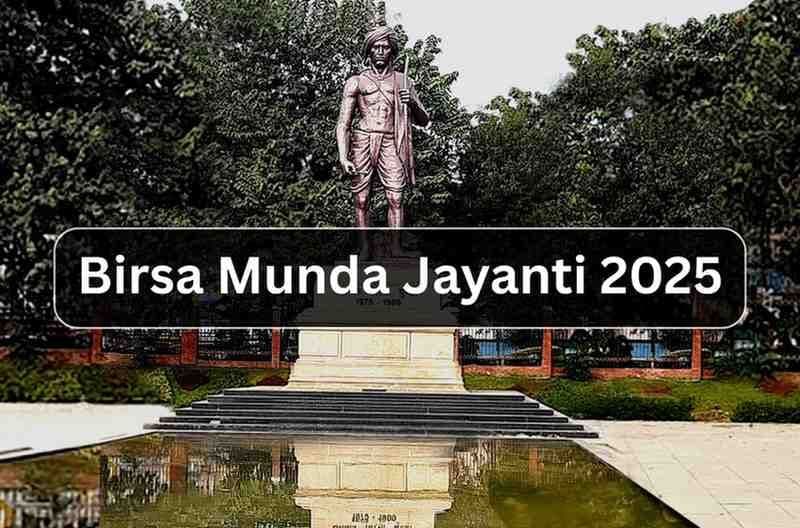Farmer Producer Organizations
May, 2025
•10 min read
Why in News?
FPOs are in the spotlight as India has reached a transformative milestone by establishing 10,000 Farmer Producer Organisations (FPOs), ahead of the March 31, 2025 deadline. On the occasion of the release of the 19th instalment of PM-KISAN in Bhagalpur, Bihar, Prime Minister Shri Narendra Modi launched the 10,000th FPO. This milestone marks a significant leap in Farmer Welfare and inclusive agricultural development. The newly registered FPO in Khagaria district focuses on maize, banana, and paddy. Collectively, FPOs have brought together nearly 30 lakh farmers across the country, 40% of whom are women. They are now conducting business worth thousands of crores, contributing immensely to agricultural sector growth.

What are Farmer Producer Organisations (FPOs)?
Farmer Producer Organisations (FPOs) are collectives formed by farmers to enhance productivity, reduce costs, and improve market access through cooperation. The primary aim of an FPO is to enable farmers to benefit from economies of scale, enhancing overall Farmer Welfare. The Small Farmers’ Agribusiness Consortium (SFAC), under the Ministry of Agriculture, plays a pivotal role in supporting the formation of these groups, which are registered under either the Companies Act or the Co-operative Societies Act.
How FPOs Elevate Smallholder Farmers and Advance Farmer Welfare ?
Achieving Economies of Scale
FPOs help small and marginal farmers reduce input costs and secure better prices by aggregating purchases and sales.
For instance, Gumapadar FPC Ltd. in Odisha exports Kandhamal turmeric, achieving premium prices through collective marketing, enhancing Farmer Welfare through income security.
Enhanced Credit Access
Access to institutional credit, long a barrier for smallholders, is improved through FPOs.
For example, Kisan Vikas FPO in Madhya Pradesh enabled low-interest loans and training for sustainable cotton farming. Such support is aligned with ongoing government schemes for farmers aimed at financial inclusion.
Accessing Global Markets
FPOs enable smallholders to access international markets. Odisha’s Saptasajya Agro Producer Company, a women-led FPO, facilitated the state's first green papaya export.
Overcoming Shrinking Farm Sizes
With average landholding sizes shrinking, from 1.08 hectares in 2015–16 to just 0.74 hectares in 2021–22, FPOs help farmers aggregate resources and invest in modern equipment.
This consolidation enables economies of scale, allowing for bulk purchases, shared services, and the use of advanced machinery, thereby improving productivity, a key enabler of agricultural sector growth.
Supporting Value-Addition & Processing
Through shared infrastructure like mini-mills and cold storage, FPOs like Shree Balajee FPC (Bihar) help farmers earn more by adding value to raw produce, strengthening Farmer Welfare through diversified income streams.
Challenges Facing FPOs on the Path to Farmer Welfare

Government Schemes for Farmers Driving FPO Support
Formation and Promotion of 10,000 FPOs: A Key Farmer Welfare Initiative
Type: Central Sector Scheme
Budget: ₹6,865 Crore (2020–2027)
Eligibility: FPOs with 300+ members in plains, 100+ in hill areas
Key Features:
Up to ₹18 lakh financial aid over 3 years
Matching equity grant of ₹2,000 per farmer (max ₹15 lakh)
Credit guarantee for up to ₹2 crore in project loans
Cluster-based handholding support for 5 years
This flagship effort exemplifies how government schemes for farmers can provide structured support for agricultural sector growth.
Pradhan Mantri Formalisation of Micro Food Processing Enterprises Scheme
Objective: Formalise and enhance 2,00,000 micro food processing units
Beneficiaries: FPOs included
Key Provisions:
₹40,000 seed capital per SHG member
35% capital subsidy (max ₹10 lakh)
35% grant for shared infrastructure
50% subsidy for branding and marketing
By supporting processing and infrastructure, PMFME complements broader Farmer Welfare goals while promoting agricultural sector growth.
Integration with Digital Platforms
To modernize access and expand outreach, the government has onboarded about 5,000 FPOs onto the Open Network for Digital Commerce (ONDC), enabling them to tap into online marketplaces. This enhances revenue streams and supports government schemes for farmers through digital empowerment.
What More Can Be Done?
Policy and Regulatory Measures
Finalise a National FPO Policy for clear implementation frameworks
Classify FPOs as MSMEs to ease compliance and boost credit access
Capacity Building and Governance
Conduct regular leadership training
Employ skilled professionals to run FPO operations efficiently
Technology and Financial Innovations
Scale up Open Network for Digital Commerce (ONDC) and Electronic National Agriculture Market (eNAM) onboarding
Expand the FPO Credit Guarantee Scheme to include smaller FPOs
Infrastructure and Market Linkages
Build aggregation centres, mini-processing units, and cold storage
Promote e-commerce tie-ups and branding initiatives
These interventions, aligned with government schemes for farmers, can catalyse agricultural sector growth and ensure long-term Farmer Welfare.
Conclusion
In conclusion, Farmer Producer Organisations (FPOs) are emerging as a cornerstone of Farmer Welfare and agricultural sector growth. By uniting farmers and leveraging collective resources, FPOs enable better incomes, market access, and risk management. Government backing through robust schemes and infrastructure is essential to sustain this momentum. As FPOs continue to evolve, they promise a more equitable and resilient future for India’s agricultural landscape.
Frequently Asked Questions (FAQs)
What is a producer organisation?
- A Producer Organisation (PO) is a legal entity formed by primary producers that are farmers, milk producers, fishermen, weavers, rural artisans, craftsmen, etc
Who are small and marginal farmers?
- As per the National Sample Survey Office (NSSO), small and marginal farmers are defined as those owning less than two hectares of land.
How many members are required to form a farmer-producer company?
- The minimum number of members required to form a Farmer Producer Company is ten. This requirement is based on the regulations set forth in the Companies Act, 2013.


